43 what to look for on food labels for cholesterol
Understanding Food Labels & Knowing What To Look For! - Bodybuilding.com Understanding Food Labels & Knowing What To Look For! The ability to read and evaluate food labels is not just a matter of choosing to eat healthy. To those of us trying to gain muscle mass choosing the right mix of foods can be critical. Learn how to decipher those labels and more! Nutrition labeling is mandatory for most packaged food in the ... 10 tips for understanding food labels - Heart Matters magazine 10 tips for understanding food labels Supermarket shelves are full of foods and drinks, many of them making claims that sound healthy. Hannah Elliott explains how to use back-of-pack food labels to make healthy choices. Food labelling can help us make an informed decision when shopping, but understanding the labels can feel difficult.
How to read food labels: MedlinePlus Medical Encyclopedia Always check the serving size first. All the information on the label is based on the serving size. Many packages contain more than 1 serving. For example, the serving size for spaghetti is most often 2 ounces (56 grams) uncooked, or 1 cup (0.24 liters) cooked. If you eat 2 cups (0.48 liters) at a meal, you are eating 2 servings.

What to look for on food labels for cholesterol
How to Read Nutrition Labels: Fat Content, Carbs & What To Look For Total Fat. Nutrition labels are required to include total fat, saturated fat, and trans fat. The total amount of fat in the diet is a percentage of your calorie needs. The recommendation for the typical American diet is around 30%. For someone taking in 2,000 calories, this would mean around 70 grams of total fat per day. 5 tips for decoding food labels - Harvard Health Look for fat: the good, the bad, and the really bad. Check the saturated fat and trans fat content of the food. For a general healthful diet, keep saturated fat and cholesterol low and avoid trans fats altogether. Look for foods that have 0 grams (g) of trans fat and are lowest in saturated fat and cholesterol. Food shopping with high cholesterol | Healthy Diet | Patient As a general rule, choose food with more greens and yellows, and save the reds for occasional treats. This is very important if there are any reds for saturated fat, as eating too much saturated fat can increase cholesterol levels, especially LDL (the 'bad') cholesterol. Women should not eat more than 20 g of saturated fat a day, and men 30 g.
What to look for on food labels for cholesterol. How to understand food labels | Eat For Health Knowing what nutrition information to look for, can help you make the best choice for your health and avoid unnecessary saturated fat, added salt, added sugars and kilojoules. Labels on most packaged food must meet strict requirements that include information for people with food allergies, food additive listings and food storage instructions. How to Read the Nutrition Facts Label on Packaged Foods - WebMD Those numbers include sugar from all sources, not just what you add to your meal. Sugar Alcohols You may see these reduced-calorie sweeteners (which include sorbitol, xylitol, and erythritol) in... Reading food labels: Tips if you have diabetes - Mayo Clinic Look for a breakdown of types of fat. Choose healthier fats. Although still high in calories, monounsaturated and polyunsaturated fats are better choices, as they can help lower your cholesterol and protect your heart. Limit unhealthy fats. Saturated and trans fats raise your cholesterol and increase your risk of heart disease. Should I check the cholesterol on nutrition labels? Major dietary cholesterol contributors — meat, fish, and chicken — often have no label. Having less than 4-6 oz of those per day and less than 2-4 eggs per week will generally keep your cholesterol reasonable. And that's a smart idea anyhow, to leave room for more artery-friendly fruits, veg, whole grains, beans, nuts, seeds, etc."
Low Carb Guide to Understanding Nutrition Labels - Virta Health Vegetables, nuts, seeds, and fruit contain no cholesterol. You do not need to count cholesterol. Research shows that, for most people, the amount of cholesterol in the foods you eat does not affect the amount of cholesterol in your blood. Egg yolks are welcome at the table again! 5. Sodium We get sodium from some of the foods we eat and table salt. Reading Food Labels When You Have Diabetes - WebMD At least 25% less cholesterol and 2 g or less of saturated fat. Calorie free. Less than 5 calories. Low calorie. 40 calories or less. Light or lite. 1/3 fewer calories or 50% less fat. Other ... How to Tell if Foods Are Low or High Cholesterol - Verywell Health Dietary cholesterol is also consumed through animal products, such as dairy products, meat, fish, and egg yolks. Foods derived entirely from plants, such as vegetables, fruits, and grains, contribute insignificant, if any, amounts of cholesterol. 2. Blood cholesterol and dietary cholesterol are not the same thing. Food Labels | CDC - Centers for Disease Control and Prevention If you eat the whole thing, you are eating 8 times the amount of calories, carbs, fat, etc., shown on the label. Total Carbohydrate shows you types of carbs in the food, including sugar and fiber. Choose foods with more fiber, vitamins, and minerals. Choose foods with lower calories, saturated fat, sodium, and added sugars.
How to Read Food Labels for a Heart-Healthy Diet The lower the net carbs, the better." Berries: "I usually choose blueberries, which are anti-inflammatory and not as high in sugar as bananas." Yogurt: "I choose a low-fat brand that's marketed as 'diabetes friendly' on the label, which means it's low in carbohydrates. You get all the benefit of yogurt with far fewer carbs. How to read food labels | healthdirect Saturated fats are linked to an increased risk of heart disease and high blood cholesterol, so it is especially important to choose foods low in saturated fat. Carbohydrate (total): Carbohydrates are found in all fruit and vegetables, all breads and grain products, and sugar and sugary foods. You need carbohydrates for energy. Click to open PDF. Sodium on the Nutrition Facts Label | FDA - U.S. Food and Drug ... Most Americans eat too much sodium and diets higher in sodium are associated with an increased risk of developing high blood pressure. The Nutrition Facts label is a handy tool you can use every... Understanding Ingredients on Food Labels - American Heart Association You might see sugar listed as the fourth ingredient in a product and think it's not so bad. But sugar can also be listed as high-fructose corn syrup or corn syrup, agave nectar, barley malt syrup or dehydrated cane juice, to name just a few. Read more about sugar and sweeteners. Sodium also has several names.
Easy Guide to Understanding Food Labels When You Have High Cholesterol ... 2. Look for higher monounsaturated fat and omega-3 fat content. Dietary guidelines from various countries are recommending that monounsaturated fats, when eaten in moderation, and consumed in place of saturated or trans fat, can have a beneficial effect in reducing total and LDL cholesterol levels in the blood.
PDF Food Label Tip: How to Choose Foods Low In Saturated Fat, Trans Fat ... These food labels are for one serving of milk: 1 cup (8 ounces). Fat-free milk has the lowest % of saturated fat and cholesterol. It has 0% of the Daily Value of saturated fat and 2% cholesterol. Whole milk has 25% of the Daily Value of saturated fat and 12% cholesterol. Milk does not have trans fat. Fat-free milk is a better choice. Potato Chips
Reading Food Labels | ADA - American Diabetes Association Put food labels to work The Nutrition Facts labels on foods are really the key to making the best choices. We'll cover the basics so that these labels make shopping easier for you. Get started Understanding Carbs You've heard it all. From carb-free to low-carb, to whole and empty carbs, it's hard to know what it all means. Learn more
Understanding Food Nutrition Labels | American Heart Association 1 - Start with the serving information at the top. This will tell you the size of a single serving and the total number of servings per container (package). 2 - Next, check total calories per serving and container. Pay attention to the calories per serving and how many calories you're really consuming if you eat the whole package.
How to read food labels - Heart Foundation NZ The star rating is calculated using an algorithm that takes into consideration a number of positive and negative nutrients for a particular food. The positive elements include protein, fibre, fruit, vegetable, nut, seed and legume content. The negative elements include energy, sodium, saturated fat, and sugar.
How to Understand and Use the Nutrition Facts Label | FDA - U.S. Food ... Dietary fiber, vitamin D, calcium, iron ad potassium are nutrients on the label that Americans generally do not get the recommended amount of. They are identified as nutrients to get more of....
Dietary Cholesterol - Nutrition Facts Labels Explained by MyFoodDiary Soluble Fiber. Soluble fiber binds to dietary cholesterol in our intestines and prevents the body from absorbing it. Foods rich in soluble fiber include: Beans (black, lima, kidney) Vegetables (Brussels sprouts, broccoli, potatoes) Fruits (avocados, apples, pears, prunes) Nuts (walnuts, almonds)
Your Guide to the New Food Label | National Kidney Foundation Look for: foods with less than 10% daily value of saturated fat foods with less than 7% daily value of cholesterol. lean or extra-lean meat with 7.5 to 15% daily value of total fat If you need to gain weight, higher fat foods may be ok. Speak with your kidney dietitian about your needs. Sodium
Food labels - NHS There are guidelines to tell you if a food is high in fat, saturated fat, salt, sugar or not. These are: Total fat High: more than 17.5g of fat per 100g Low: 3g of fat or less per 100g Saturated fat High: more than 5g of saturated fat per 100g Low: 1.5g of saturated fat or less per 100g Sugars High: more than 22.5g of total sugars per 100g
Food Labels: Fat & Cholesterol | Home & Garden Information Center When comparing food labels, combine the grams (g) of saturated fat and trans fat, then choose the food with the lower combined amount. Look for the lowest % Daily Value for cholesterol, also. Ingredients List: When a food is made with more than one ingredient, an ingredients list is required on the label. Ingredients are listed in order by weight, with the greatest amount listed first and the least amount last.
Food shopping with high cholesterol | Healthy Diet | Patient As a general rule, choose food with more greens and yellows, and save the reds for occasional treats. This is very important if there are any reds for saturated fat, as eating too much saturated fat can increase cholesterol levels, especially LDL (the 'bad') cholesterol. Women should not eat more than 20 g of saturated fat a day, and men 30 g.
5 tips for decoding food labels - Harvard Health Look for fat: the good, the bad, and the really bad. Check the saturated fat and trans fat content of the food. For a general healthful diet, keep saturated fat and cholesterol low and avoid trans fats altogether. Look for foods that have 0 grams (g) of trans fat and are lowest in saturated fat and cholesterol.
How to Read Nutrition Labels: Fat Content, Carbs & What To Look For Total Fat. Nutrition labels are required to include total fat, saturated fat, and trans fat. The total amount of fat in the diet is a percentage of your calorie needs. The recommendation for the typical American diet is around 30%. For someone taking in 2,000 calories, this would mean around 70 grams of total fat per day.
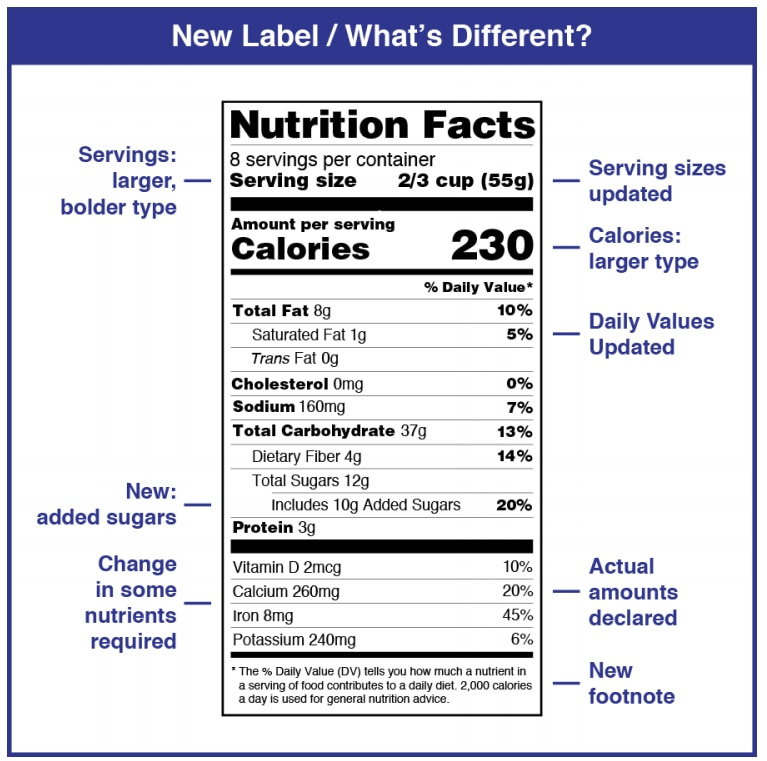
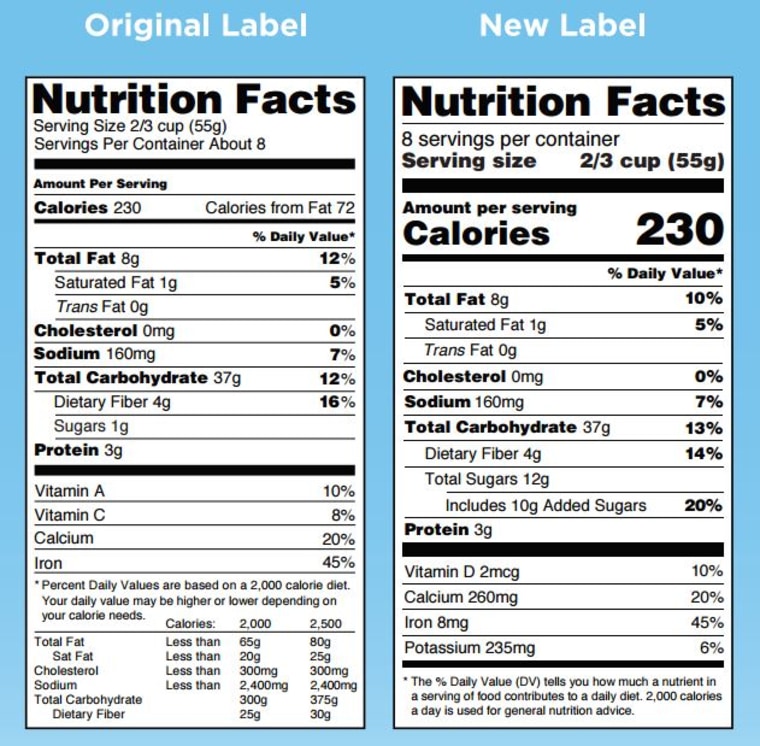


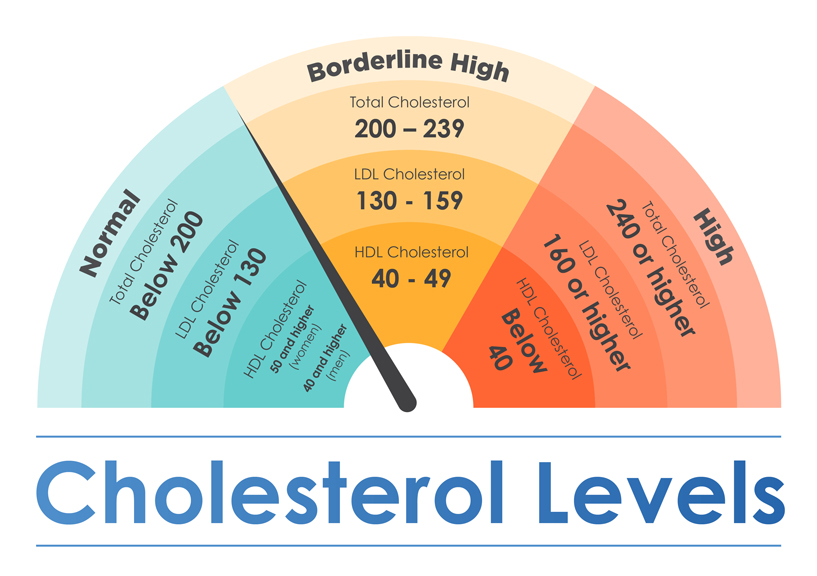
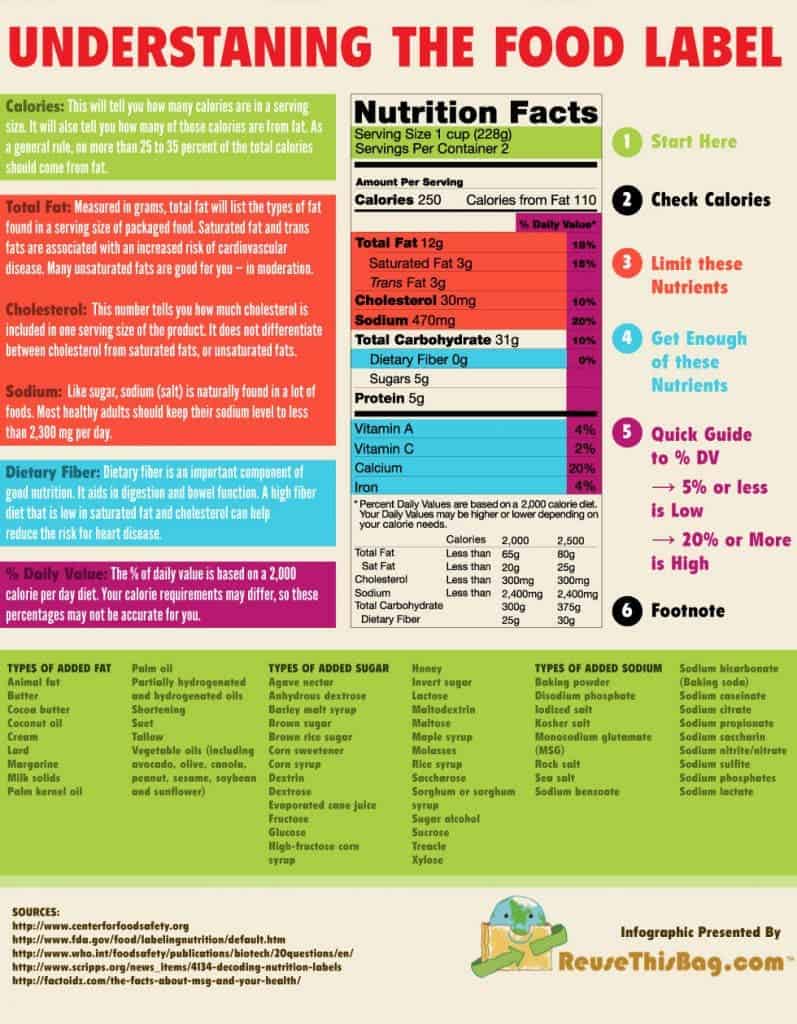
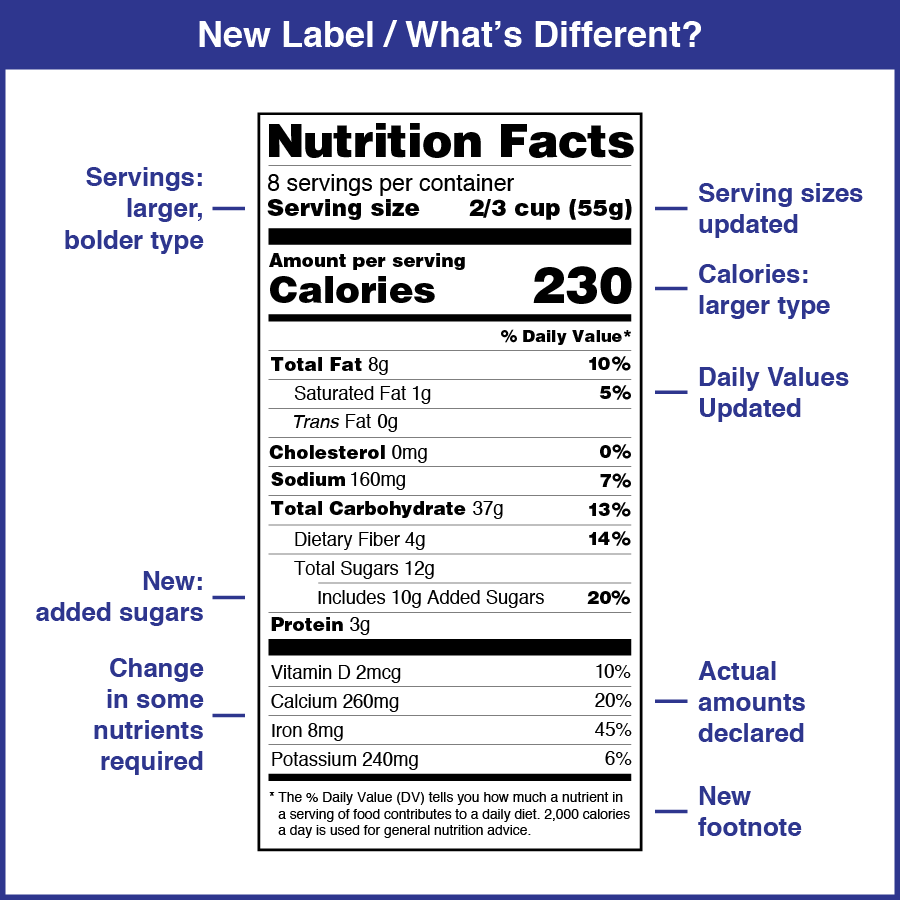
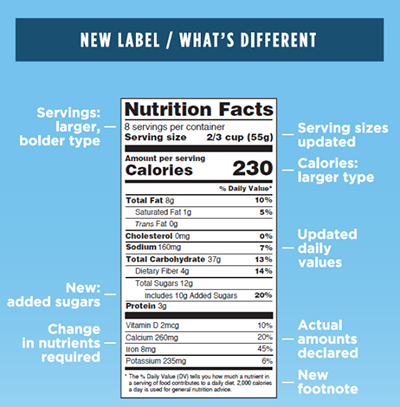
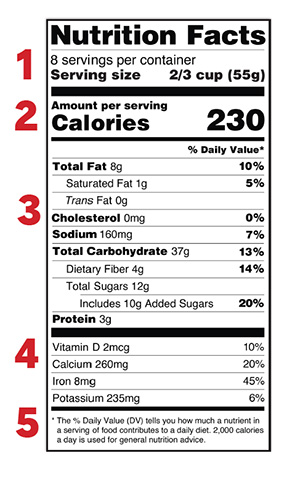
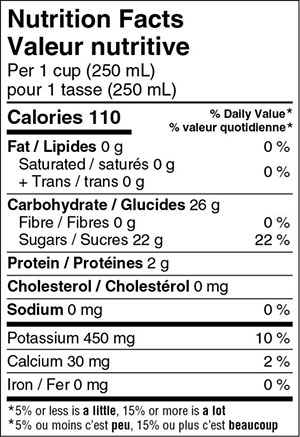
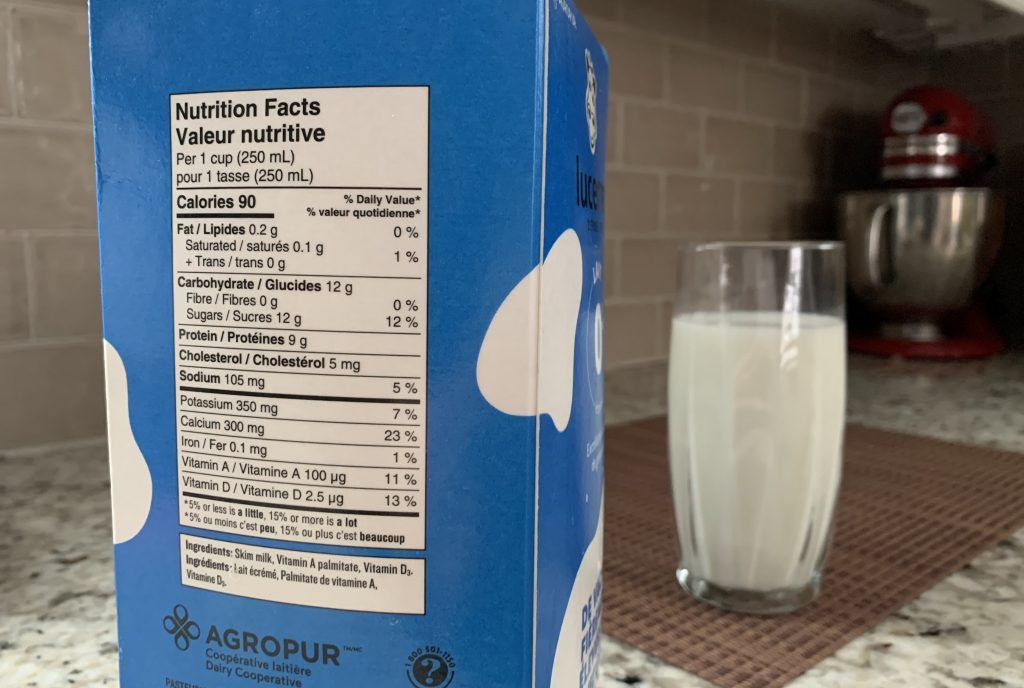




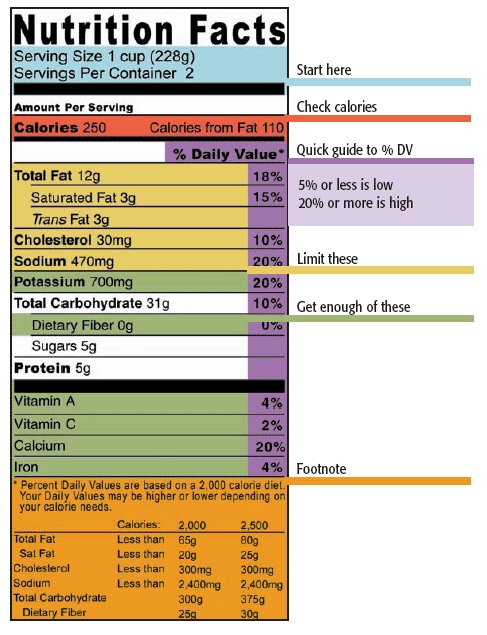
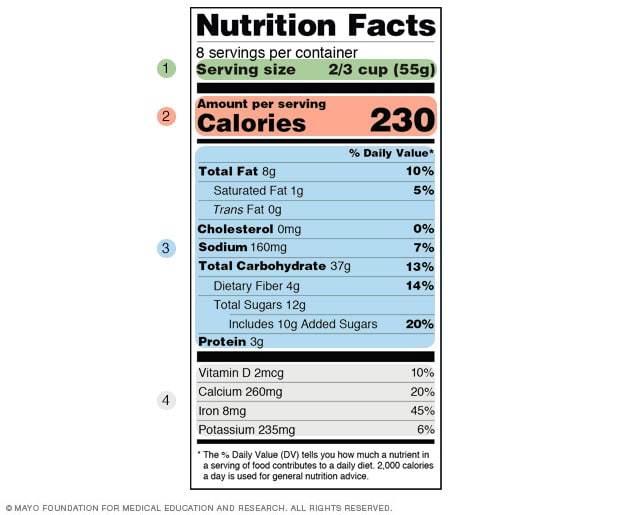

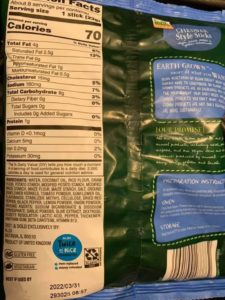
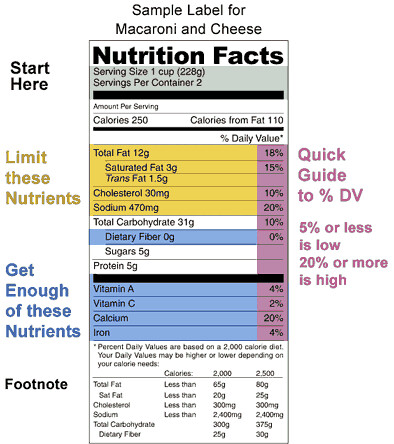
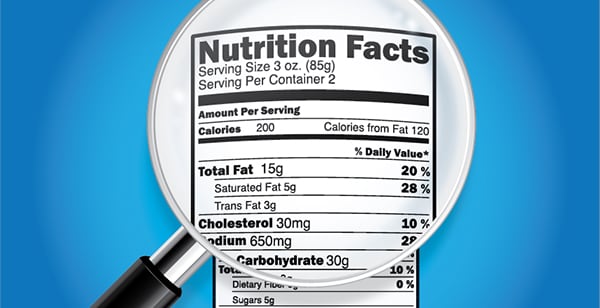


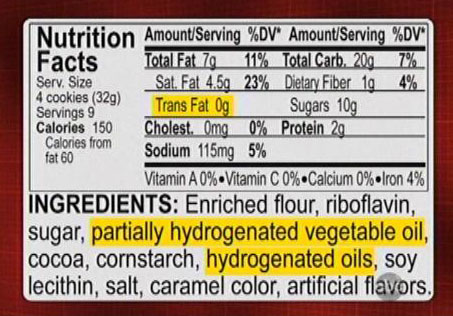

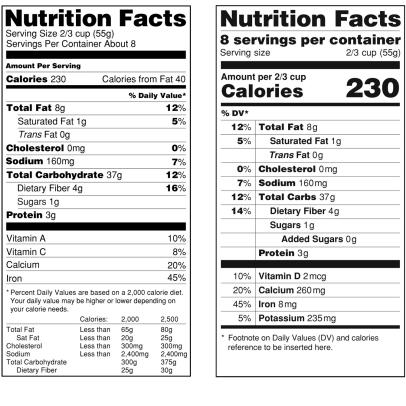
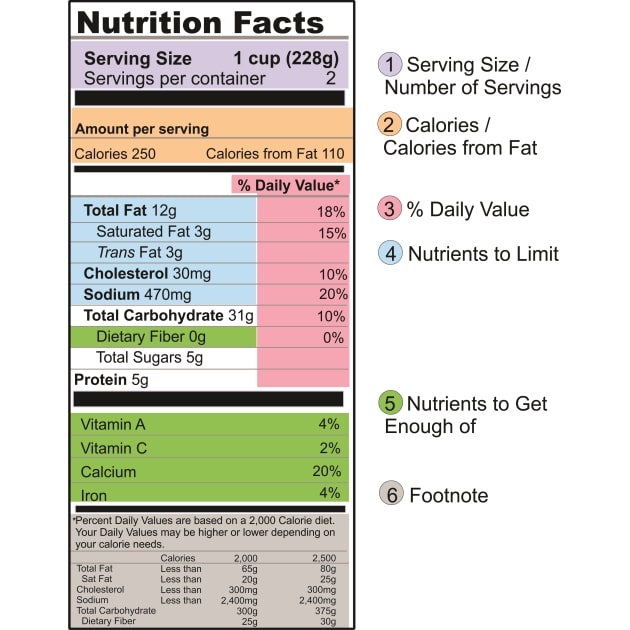
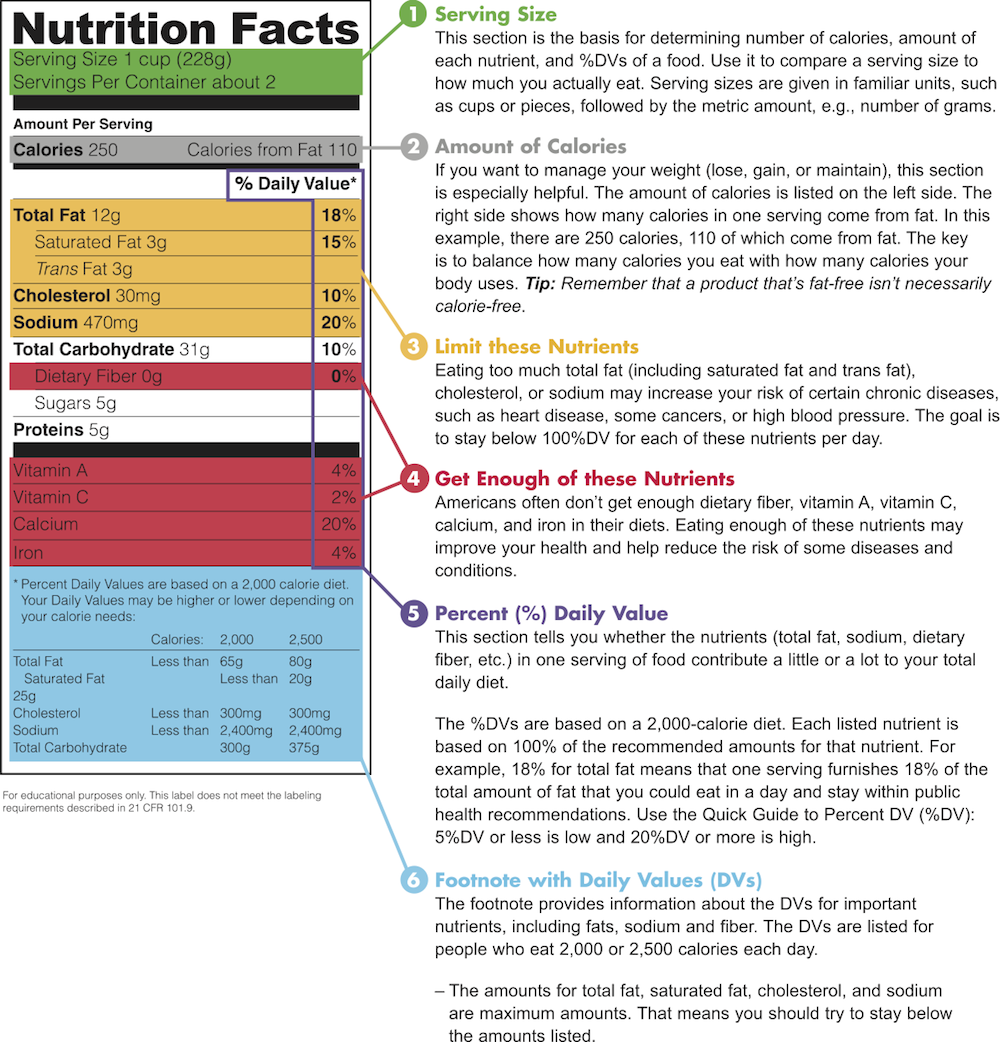






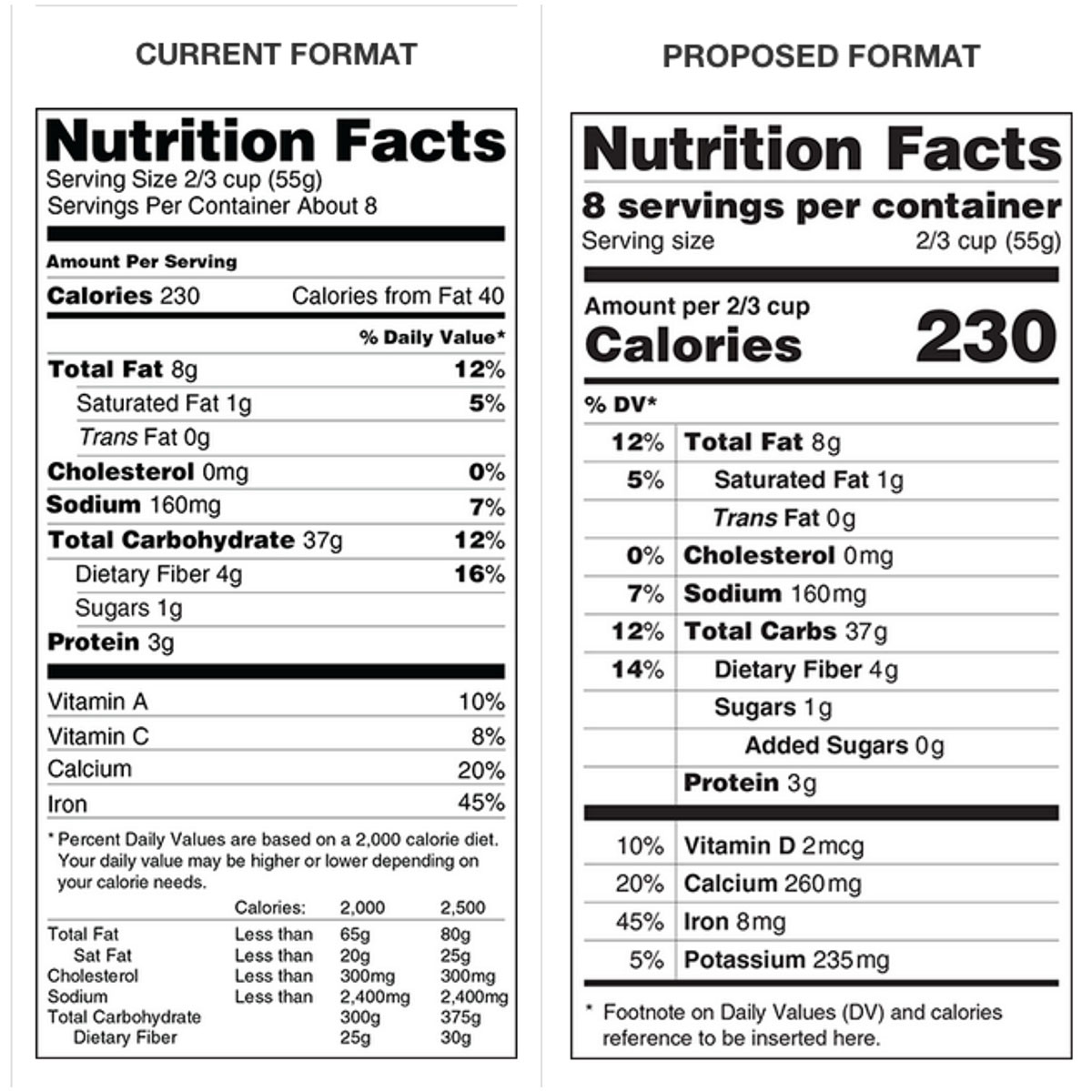

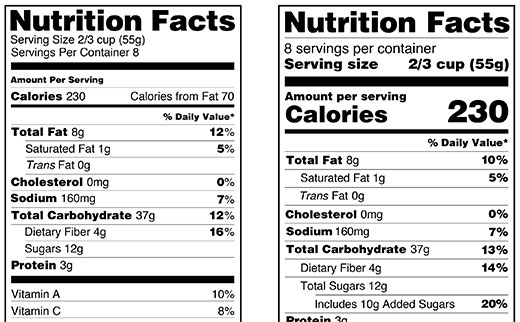
Post a Comment for "43 what to look for on food labels for cholesterol"